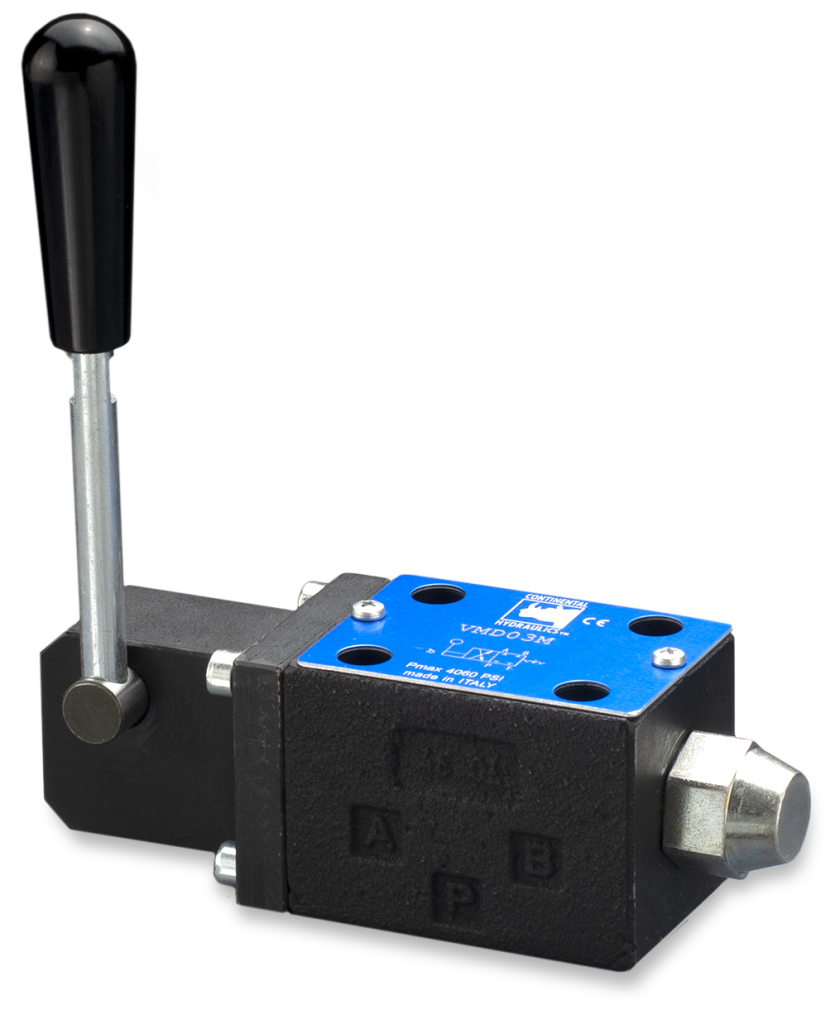Hydraulic get a grip on valves are integral components in hydraulic methods, serving as the important thing regulators of substance flow, force, and direction. These valves enjoy a crucial position in a wide array of applications, from commercial equipment and construction gear to aerospace and automotive systems. The elementary concept behind hydraulic get a grip on valves is based on their ability to control the movement of hydraulic liquid within a system, allowing for specific get a grip on and manipulation of numerous components.
One of many principal features of hydraulic get a grip on valves would be to manage the stress within a hydraulic system. Force control valves, such as for instance relief valves, make certain that the force remains within safe operating restricts, preventing possible damage to sensitive and painful components. That is particularly essential in programs where maintaining a specific stress level is important for maximum performance and safety.
Directional get a handle on valves are another essential group of hydraulic control valves. These valves determine the direction of fluid movement within the system, permitting the managed motion of hydraulic actuators. Whether it’s the extension or retraction of a hydraulic cylinder or the turn of a engine, directional get a grip on valves govern the paths through which hydraulic water flows, dictating the action of the connected machinery.
Hydraulic get a grip on valves are made with many different get a grip on mechanisms, including handbook, mechanical, and electro-hydraulic. Information valves allow for hands-on get a grip on, physical valves answer external allows or physical inputs, and electro-hydraulic valves influence electrical signals for specific and automated control. This variety in get a handle on choices makes hydraulic systems convenient to different functional demands and consumer preferences.
Efficiency is a key consideration in hydraulic programs, and hydraulic get a grip on valves play a pivotal role in optimizing performance. Proportional get a grip on valves, as an example, help fine-tuned adjustments to substance movement charges, enabling specific get a grip on on the pace and power of hydraulic actuators. This degree of get a grip on increases overall system efficiency, minimizing power spend and ensuring optimum operation.
Along with their main features, hydraulic get a grip on valves subscribe to system safety. Force aid valves act as fail-safes, protecting the device from overpressure and potential damage. The sensitive nature of those valves assures that, in the event of a pressure spike, hydraulic water is diverted safely, stopping catastrophic failures and safeguarding both the equipment and personnel.
The maintenance of hydraulic get a grip on valves is vital for experienced program performance. Typical inspections, washing, and lubrication are important to avoid wear and split, escapes, and different problems that might compromise the efficiency of the valves. Reasonable maintenance not just extends the lifespan of the valves but also ensures the reliability of the entire hydraulic system.
Advancement in hydraulic get a grip on device technology remains to improve, with the integration of electric and wise technologies. Electronic control items (ECUs) enable specific and programmable get a handle on around hydraulic methods, starting techniques for automation, rural checking, and predictive maintenance. As industries transfer towards Business 4.0, the position of hydraulic control valves hydraulic control valves becomes increasingly vital in making interconnected and intelligent hydraulic systems.

In conclusion, hydraulic get a handle on valves are the unsung people of hydraulic methods, giving the mandatory get a handle on and regulation for the effective operation of various machinery and equipment. Their versatility, precision, and contribution to program protection cause them to become crucial in industries wherever hydraulic power is harnessed for a myriad of applications. As engineering continues to advance, hydraulic get a grip on valves will probably perform a far more superior position in shaping the continuing future of hydraulic techniques across diverse sectors.
